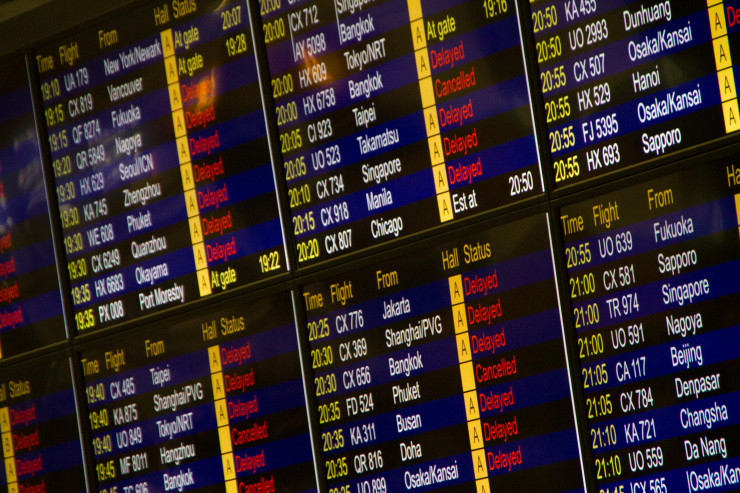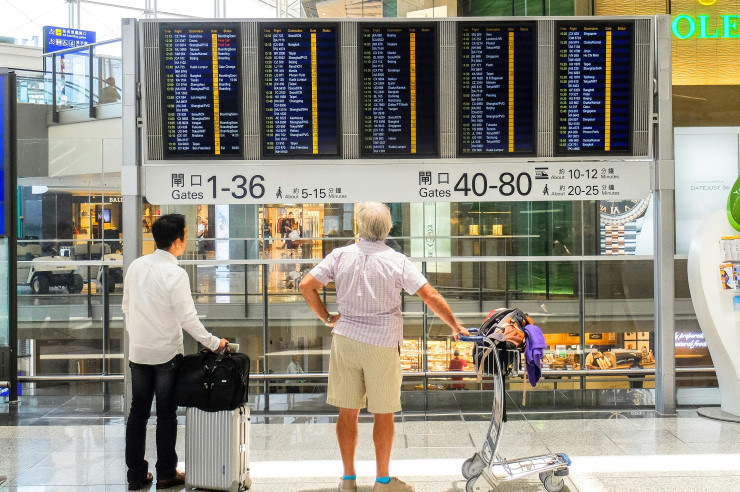Tengrinews.kz – A remote worker's error and system failure left more than 700 000 passengers stranded in UK airports.
According to the Daily Mail, more than 700 000 passengers in the UK have been hit with massive flight delays and cancellations due to a National Air Traffic Services (NATS) outage. The Civil Aviation Authority (CAA) investigation has revealed that the situation was made worse when the engineer working remotely and responsible for fixing the error could not log in on time due to password problems.
The failure occurred during one of the busiest periods – the holidays. The flight from Los Angeles to Paris was scheduled to cross British airspace. Its flight plan included waypoints with the same codes, which led to confusion and a system crash because it “thought” the plane was leaving its zone before it arrived. An attempt to resolve the disagreement resulted in a critical error, and the system completely stopped working within seconds.
 Photo: pexels.com
Photo: pexels.com
When the system went down, flight plan processing went into manual mode and capacity plummeted from 800 flights an hour to just 60. This caused flights across the UK to be either delayed or cancelled, causing chaos at airports and leaving thousands of passengers in limbo.
The critical error, according to the CAA report, was that the engineer responsible for restoring the system was working remotely and was unable to log in on time. Due to the system crash, the remote access did not recognize password, which added an hour and a half to the problem. It was only when the engineer personally arrived at the office and attempted a full system reset that it was discovered that the problem was more complex than expected.
Four hours after the incident, it was decided to contact the German system manufacturer, Frequentis Comsoft. Only then was it possible to identify the cause of the failure and begin the restoration process, but by then, due to significant delays in the schedule, many passengers had to wait at airports for several days. Airlines suffered losses of more than £100 million in compensation for the disruption of flights.
 Photo: pexels.com
Photo: pexels.com
CAA chief Jeff Halliwell stressed that the incident was a major failure of air traffic control, causing significant stress and inconvenience to more than 700 000 passengers and huge costs to airlines. He noted the importance of having senior engineers on duty at NATS at all times to prevent similar incidents in the future. Civil Aviation Authority chief executive Rob Bishton also added that it was vital that lessons were learned from the incident to prevent similar situations.
Transport Secretary Louise Haigh described the incident as "unprecedented" and backed recommendations for regulators to be given stronger powers to ensure passengers are compensated more quickly and fairly.
"I've said before that I will be the passenger-in-chief and my priority is to ensure all passengers feel confident when they fly — that’s why my department will look to introduce reforms, when we can, to provide air travellers with the highest level of protection possible," she noted.
A flight attendant shared a simple way to find out if your hotel room is inhabited by bedbugs.

